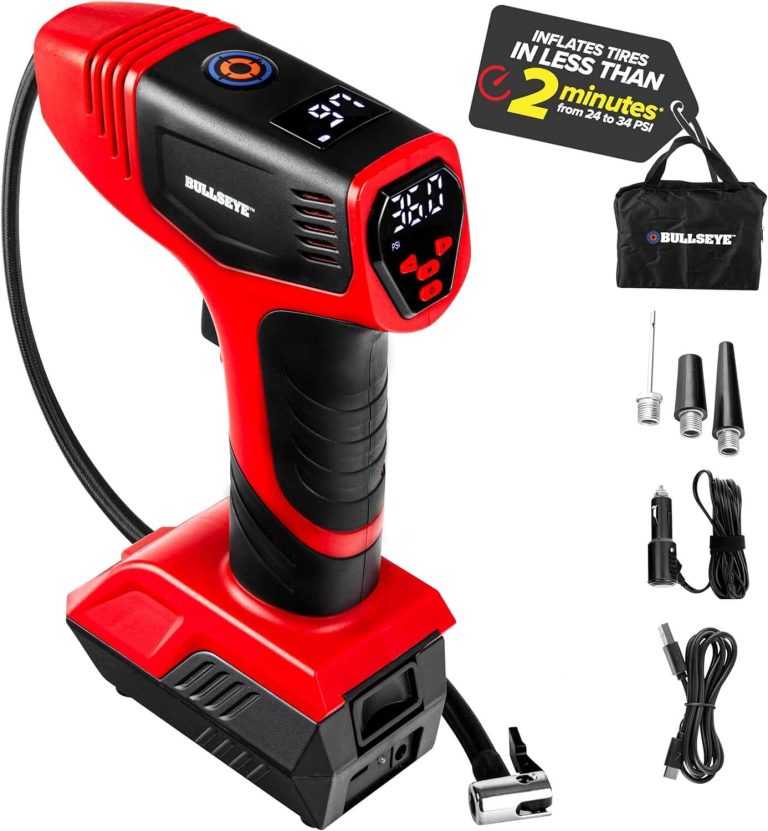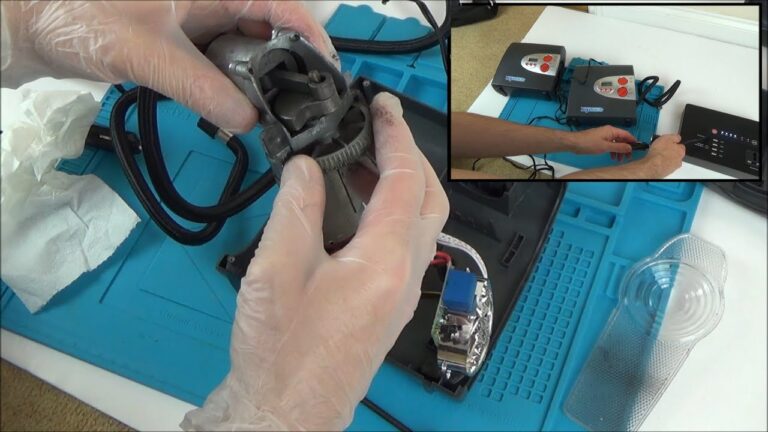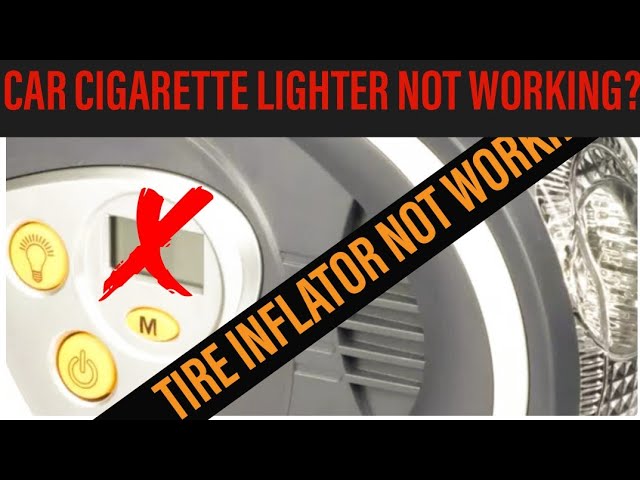Filling Tires With Air In Cold Weather
Remember that frustrating morning last winter when your tires felt flatter than usual? It’s a common experience, and understanding how filling tires with air in cold weather differs from warmer months can save you time, money, and potential safety hazards. This post will equip you with the knowledge to properly inflate your tires, regardless of the temperature, ensuring a safe and comfortable drive. You’ll learn about tire pressure changes, the best practices for inflation, and how to avoid common mistakes.
Tire Pressure and Cold Weather
Cold temperatures significantly impact tire pressure. As the air cools, the molecules slow down and the pressure decreases. This means your tires will show a lower reading on the gauge than they would on a warmer day, even if no air has been lost. This section will explore the science behind this phenomenon and provide practical tips for adjusting your tire pressure accordingly.
Understanding Air Pressure Changes
Air pressure is directly related to temperature. The ideal gas law explains this: pressure, volume, and temperature are interconnected. As temperature drops, so does pressure, assuming volume remains constant. A decrease of 10 degrees Fahrenheit can lead to a decrease of about 1 psi (pounds per square inch) in tire pressure.
- Ideal Gas Law: PV = nRT. This equation shows the relationship between pressure (P), volume (V), number of moles (n), ideal gas constant (R), and temperature (T). A drop in T directly impacts P.
- Tire Pressure Gauges: Ensure your gauge is accurate; an inaccurate gauge can lead to improper inflation.
- Seasonal Adjustments: Many drivers neglect to adjust tire pressure for seasonal changes, leading to underinflation.
The Impact of Underinflation
Driving with underinflated tires is dangerous. It reduces fuel efficiency, increases braking distances, and leads to uneven tire wear, potentially resulting in blowouts. Cold weather exacerbates these risks due to the already reduced pressure.
- Reduced Fuel Efficiency: Underinflation increases rolling resistance, forcing your engine to work harder and consume more fuel. A study by the Department of Energy found that underinflated tires can reduce fuel economy by up to 3%.
- Increased Braking Distances: Less contact with the road means longer stopping distances. This is especially critical in icy or snowy conditions.
- Uneven Tire Wear: This leads to premature tire wear and requires more frequent and costly tire replacements.
Properly Filling Tires in Cold Weather
This section will guide you through the step-by-step process of accurately filling tires with air during cold temperatures, emphasizing the importance of precision and the use of a reliable tire pressure gauge.
Step-by-Step Inflation Guide
- Check your vehicle’s recommended tire pressure: This information is usually found on a sticker inside the driver’s side doorjamb or in your owner’s manual. This pressure is the recommended pressure for your tires when they are cold.
- Use an accurate gauge: Many inexpensive gauges are unreliable. Invest in a quality gauge for accurate readings.
- Find a reputable air pump: Gas stations and tire shops typically offer reliable air pumps.
- Inflate your tires slowly and check regularly: Add air in small increments, checking your pressure frequently to avoid overinflation.
- Check your tires again after driving a short distance: Tires heat up when driven, causing a slight increase in pressure. Monitor this after a short period.
Common Mistakes to Avoid
- Ignoring the temperature impact: Many people forget that cold air occupies less space, leading to lower pressure readings. Failing to compensate can result in underinflation.
- Using an inaccurate gauge: An inaccurate gauge can lead to overinflation or underinflation, both of which are unsafe.
- Overinflating tires: Overinflation can lead to a harsher ride and reduced tire lifespan.
The Importance of Regular Tire Pressure Checks
Consistent monitoring is crucial for safety and optimal performance. This section highlights the frequency of checks and the consequences of neglecting them. Regular checks are even more critical during cold weather.
Recommended Check Frequency
Ideally, you should check your tire pressure at least once a month, and more frequently during periods of extreme temperature changes, such as winter. A good habit is to check them before long trips or when you notice any unusual driving characteristics.
- Monthly Checks: Establish a regular routine to ensure you stay on top of your tire pressure.
- Before Long Trips: Always check before embarking on long journeys, especially if you are traveling across different climates.
- After Extreme Weather: Extreme heat or cold can significantly impact tire pressure, necessitating more frequent checks.
Consequences of Neglecting Checks
Ignoring regular tire pressure checks can lead to a variety of problems, including reduced fuel efficiency, shorter tire lifespan, and compromised safety.
- Increased Fuel Consumption: Underinflation significantly impacts fuel efficiency, costing you more money at the pump.
- Reduced Tire Lifespan: Uneven tire wear due to improper inflation dramatically shortens the lifespan of your tires.
- Safety Risks: Underinflated tires compromise braking and handling, leading to potential accidents.
Debunking Common Myths about Tire Pressure
This section clarifies some misconceptions surrounding tire inflation, focusing on cold weather scenarios and dispelling common myths that might hinder drivers from taking appropriate action.
Myth 1: You Only Need to Check Tires in Summer
This is false. Temperature greatly affects tire pressure, making regular checks essential regardless of season. Cold weather significantly reduces tire pressure, potentially leading to dangerous situations if overlooked.
Myth 2: Overinflation is Better Than Underinflation
This is also incorrect. Both overinflation and underinflation are detrimental. Overinflation causes a rough ride and compromises tire lifespan, while underinflation leads to all the issues discussed above.
Myth 3: Tire pressure is only important for old cars
Incorrect. Maintaining correct tire pressure is critical for all vehicles, regardless of age or model. Newer cars also benefit from proper inflation to optimize performance and safety.
FAQ
What is the ideal tire pressure for cold weather?
The ideal pressure is the same as what your vehicle manufacturer recommends, but remember that the gauge reading will be lower in cold weather. You may need to add more air than usual to reach the recommended pressure on a cold day.
How often should I check my tire pressure in the winter?
Ideally, check your tire pressure at least once a week during winter due to the fluctuating temperatures. Check before and after long journeys as well.
What happens if I drive with underinflated tires in cold weather?
Driving with underinflated tires in cold weather increases the risks of accidents due to reduced traction and longer braking distances. You’ll also experience reduced fuel efficiency and faster tire wear.
Can I use a regular air compressor to fill my tires in cold weather?
Yes, you can, but ensure the compressor is powerful enough to overcome the increased resistance of cold air.
What if my tire pressure gauge is inaccurate?
Invest in a high-quality pressure gauge for accurate readings. An inaccurate gauge can lead to dangerous levels of underinflation or overinflation.
Should I add more air than recommended in cold weather?
You should add air to reach the manufacturer’s recommended pressure, but be aware that as the tires warm up during driving the pressure will increase.
Final Thoughts
Mastering the art of filling tires with air in cold weather is key to safe and efficient driving. Regular checks, using an accurate gauge, and understanding the impact of temperature on pressure are vital. Remember, consistent attention to your tire pressure will not only enhance your driving experience but also significantly improve your safety and save you money on fuel and tire replacements. Make checking your tire pressure a regular part of your vehicle maintenance routine.



